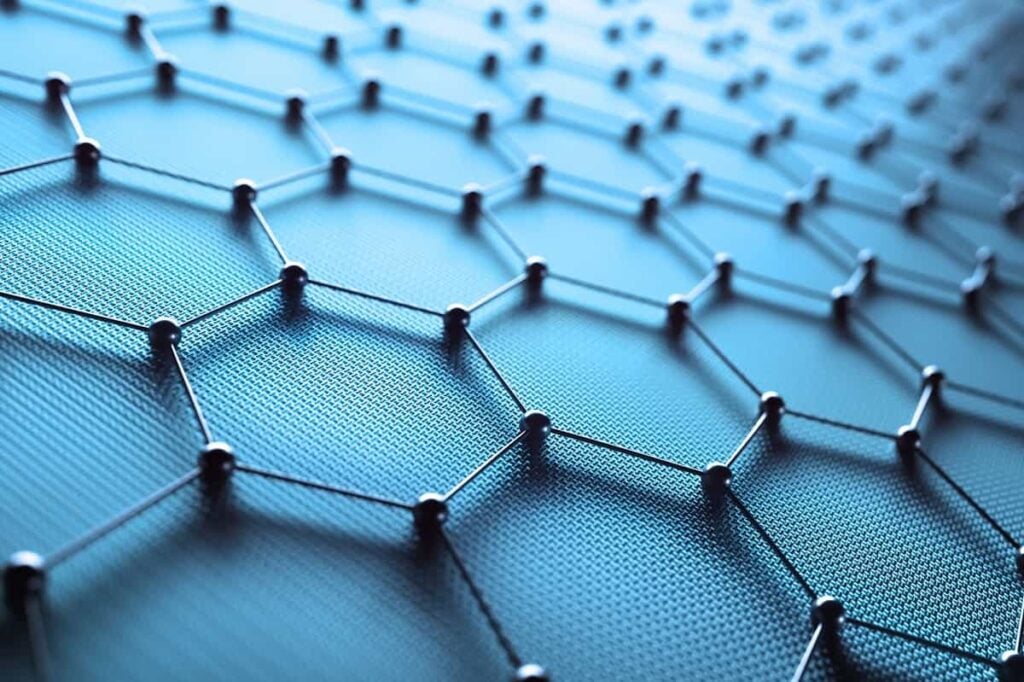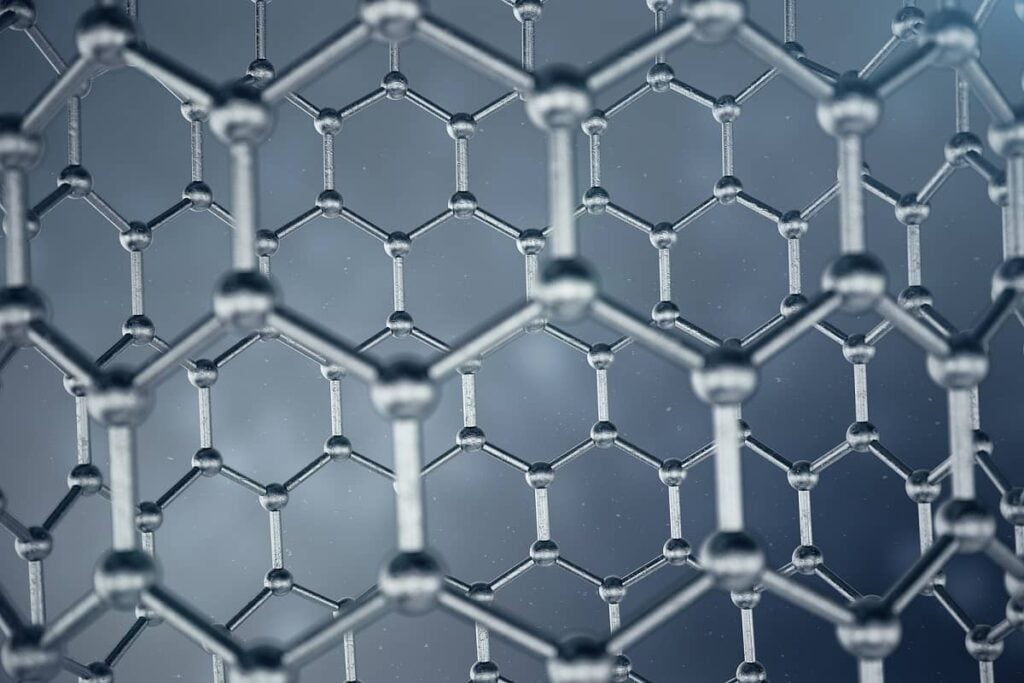Nanosys Focuses in on Displays and Energy Storage
Table of contents

In earlier posts, we discussed various startups Harris and Harris Group (TINY) is currently backing including Cambrios and Molecular Imprints. Another company TINY is invested in that was heavily discussed in the Nanalyze forums is Nanosys, a Palo Alto startup founded in 2001 with over 750 patents and patent applications currently with applications in the area of quantum dots and nanowires. The company had a failed IPO attempt in August 2004 around the time nanotechnology hype had started and had their 6th round of funding in late 2012. Current backing includes:
- Arch Venture Partners
- Venrock Associates
- El Dorado Ventures
- Polaris Venture Partners
- Harris & Harris Group, Inc.
- Lux Capital
- Samsung
About Nanosys
Historically, Nanosys has experienced growing pains with the company trying to target too many verticals without gaining traction in any one. In 2008 a new CEO, Jason Hartlove, came on board who has a proven track record of driving emerging technologies from R&D to market application. He then focused the company’s technology on two verticals; display lighting and energy storage. The company now has two products addressing these verticals:
- Display Lighting: Quantum Dot Enhancement Film, or QDEF™, is an optical film component for LCD displays developed in partnership with 3M.
Source: MIT Technology Review A key value proposition is that this plastic sheeting replaces an existing LCD component already sold by 3M, a layer called the diffuser, which evens out the light before it goes into the screen’s filters. This plug-in solution promises a 50% increase in the color experienced by users.
- Energy Storage: SiNANOde is a silicon-graphite anode that can double the life of a lithium-ion battery, a 100% improvement over current technology. Nanosys has received grants from the Department of Energy to further develop this technology. The below was taken from a June 2012 article by the National Defense Magazine titled “Effort to Reduce Battery Weight May Soon Hit Brick Wall“:
According to Vijendra Sahi, vice president of government affairs at Nanosys, the BB2590 military battery can provide 140 watt hours of energy per kilogram, about the same density of the battery in an Apple iPad. Using SiNANOde, the company has achieved materials that provide up to 290 watt hours per kilogram, giving them twice the run time for the same weight or half the weight for the same run time. By 2015, Nanosys hopes to create materials for electric vehicle batteries that will provide 420 watt hours. “By that time, you’re talking about batteries that can be three times lighter than current batteries,” Sahi said. “Plus, the cost of these batteries drops substantially as you increase the energy density.”
The QDEF Cadium Problem
One problem Nanosys faces is that their quantum dots use cadium, a toxic element whose use is restricted in Europe and other regions. In 2012 Samsung invested 15 million in Nanosys to help fund the development of quantum dots that do not use cadium.
QDEF Time To Market
In an July 2012 MIT Technology Review article titled “Quantum Dots Give Notebooks a New Glow”, it is stated that QDEF technology will be in a 15.6-inch notebook computer available this year. The question is if Nanosys has solved the cadium problem which would open up markets in Europe and other regions.
TINY’s Investment in Nanosys
The below shows the value of TINY’s investment in Nanosys as of March 31st 2013 taken from their 10Q:

In a future post, we will discuss a publicly traded pure-play company that is currently selling cadium-free quantum dots that target display lighting.
Sign up to our newsletter to get more of our great research delivered straight to your inbox!
Nanalyze Weekly includes useful insights written by our team of underpaid MBAs, research on new disruptive technology stocks flying under the radar, and summaries of our recent research. Always 100% free.















